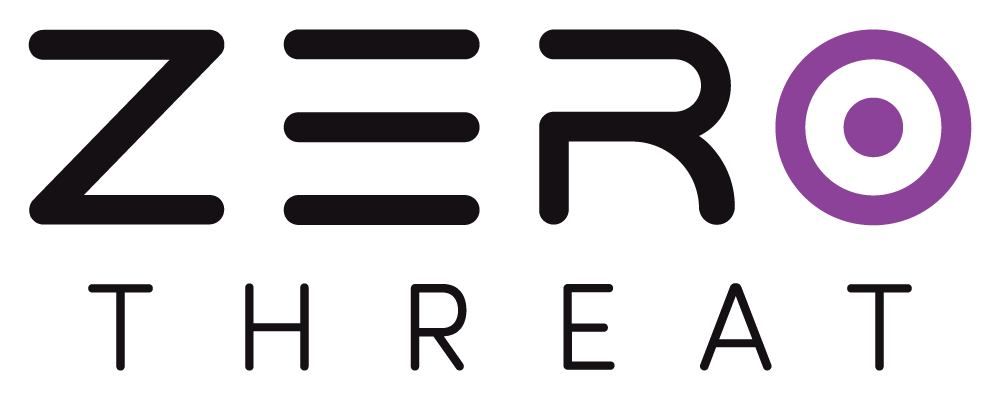
SSL Certificate
Certificate Overview
The first part of this section displays basic certificate information, including:
- Issuer & Expiration Date – Identifies the certificate authority (CA) that issued the certificate and when it will expire.
- IP Address, OSCP, and Supported Protocol – Displays the server's IP address, the OCSP (Online Certificate Status Protocol) response for certificate validity, and the TLS/SSL protocols supported by the server.
.png)
Certificate Score
Each SSL certificate is assigned a security score based on industry best practices. This score evaluates factors such as:
- The strength of encryption algorithms used.
- Proper implementation of secure protocols (TLS 1.2/1.3).
- The presence of weak ciphers or outdated hashing algorithms.
A high score indicates a well-configured certificate, while a lower score suggests security improvements are needed.
.png)
Certificate Vulnerability Scan
This section checks for common SSL-related vulnerabilities that attackers can exploit, such as:
- Heartbleed – Checks if the server is vulnerable to the Heartbleed bug, which allows attackers to read sensitive data from memory.
- BREACH – Detects susceptibility to BREACH attacks, which exploit HTTP compression to reveal encrypted data.
- ROBOT – Identifies servers vulnerable to the Return Of Bleichenbacher’s Oracle Threat (ROBOT), which can decrypt RSA-encrypted communications.
- POODLE – Checks for vulnerability to the POODLE attack, which exploits SSL 3.0 to perform a padding oracle attack.
- Other SSL/TLS Vulnerabilities – Scans for many other vulnerabilities, such as weak Diffie-Hellman key exchange and BEAST attack susceptibility.
.png)
Compliance Requirements
SSL misconfigurations can lead to compliance violations for security frameworks like:
- PCI DSS – Requires strong encryption for payment-related data.
- HIPAA – Enforces encryption for healthcare-related information.
- NIST Guidelines – Recommends modern encryption standards to prevent unauthorized access.
.png)
Any SSL-related issues that could put compliance at risk will be highlighted, helping organizations take corrective action to meet regulatory standards.
A properly configured SSL certificate is crucial for maintaining trust, ensuring data privacy, and preventing man-in-the-middle attacks. The SSL Certificate section provides clear insights into your certificate's security posture, allowing you to strengthen encryption, fix vulnerabilities, and meet compliance standards efficiently.
